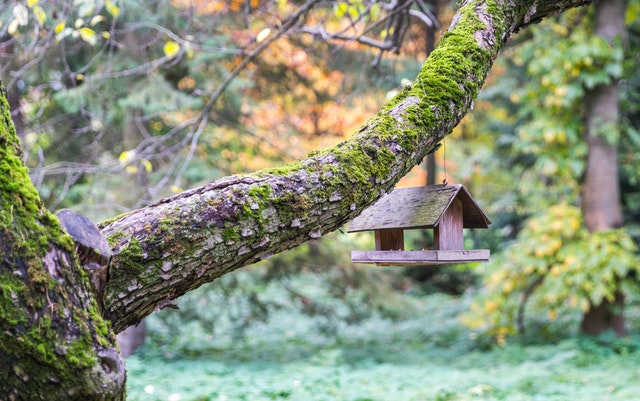
If you are a homeowner and happen to see a large tree blocking your backyard view or interrupting a space that you might want to park in, you might feel the need to take action. From grabbing the shearers and clippers to head out and do the dirty work, there can be a compulsion to ensure that any impediment is taken care of as soon as possible.
However, there are rules and regulations that come into play in these situations, an instance that could call upon an arborist report. This will see specialist removalist with a landscaping or horticultural background arrive to conduct a thorough analysis and undertake the hedging, cutting, trimming of the item in question.
The wider public does not usually know the intricacies and processes that are involved with a standard arborist report. Here we will run an eye over these details to examine how you as a home or business owner should go about securing a report prior to removing an item.
Different Types
The arborist report can be broken down to various types depending on the stage of the removal. This cane be seen as follows:
- Preliminary tree assessment
- Arboricultural impact assessment
- Root mapping report
- Development tree management
- Tree protection certificate
- Tree risk assessment
- Arborist report to accompany a tree preservation order application
- Tree valuation report
- Landscape maintenance and management report
- Statement of evidence
These different phases all depend on the profile or the tree and the location of the premises. There will be parallels and differentiations that occur between domestic and commercial spots as the experts have the ascertain what can be moved, altered or left alone.
Different Costs
Sourcing an arborist report is not entirely cheap, yet not overly expensive either depending on what type of tree and how many you need removed from a premises. A standard practice when it comes to billing is for a price to be allocated between one to five trees. This stands to be approximately $75-$125 in the initial phase, with single trees beyond this range requiring at least $20 each on top of that fee. There can also be a $35 archiving fee handed down as part of the utility overheads of managing this practice.
Additional Protections and Permissions
Should a tree be heritage listed, it is therefore protected from any public involvement. There will be no arborist report necessary in these instances. When a member of the public does decide that a tree is deceased or situated where is can cause harm on a property, then they should be legally covered to remove it themselves. Yet a member from council may ask about the parameters in which you cut, hacked or removed the item if there was doubt about its status or use for others.
Conducted Alongside Local Council
There is no one-size-fits-all scenario that demands any and all action taken on trees must be done in accordance with an arborist report and with the blessing of council. This will take into account whether or not the item is living or dead, what the height and weight of the tree is, the type of species and whether or not it can be classified as a fire hazard for the general public.
The ensure that you are working in accordance with the requirements of any arborist report, seek out your local council representative and open a dialogue over what you are allowed and not allowed to do.
Summary
Having given some context to the stipulations involved with the arborist report, you have to communicate to the right parties what you want or need to happen when removing or cutting back a tree. Simply taking action off your own accord can leave you in danger of facing legal action, something that can be avoided should you follow through and secure a certified arborist report.